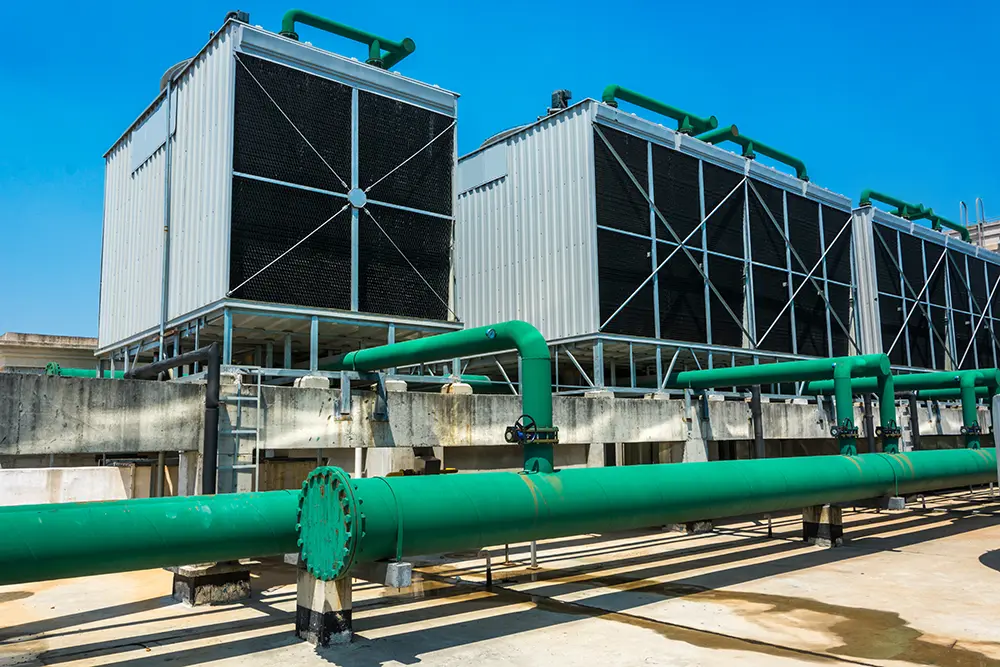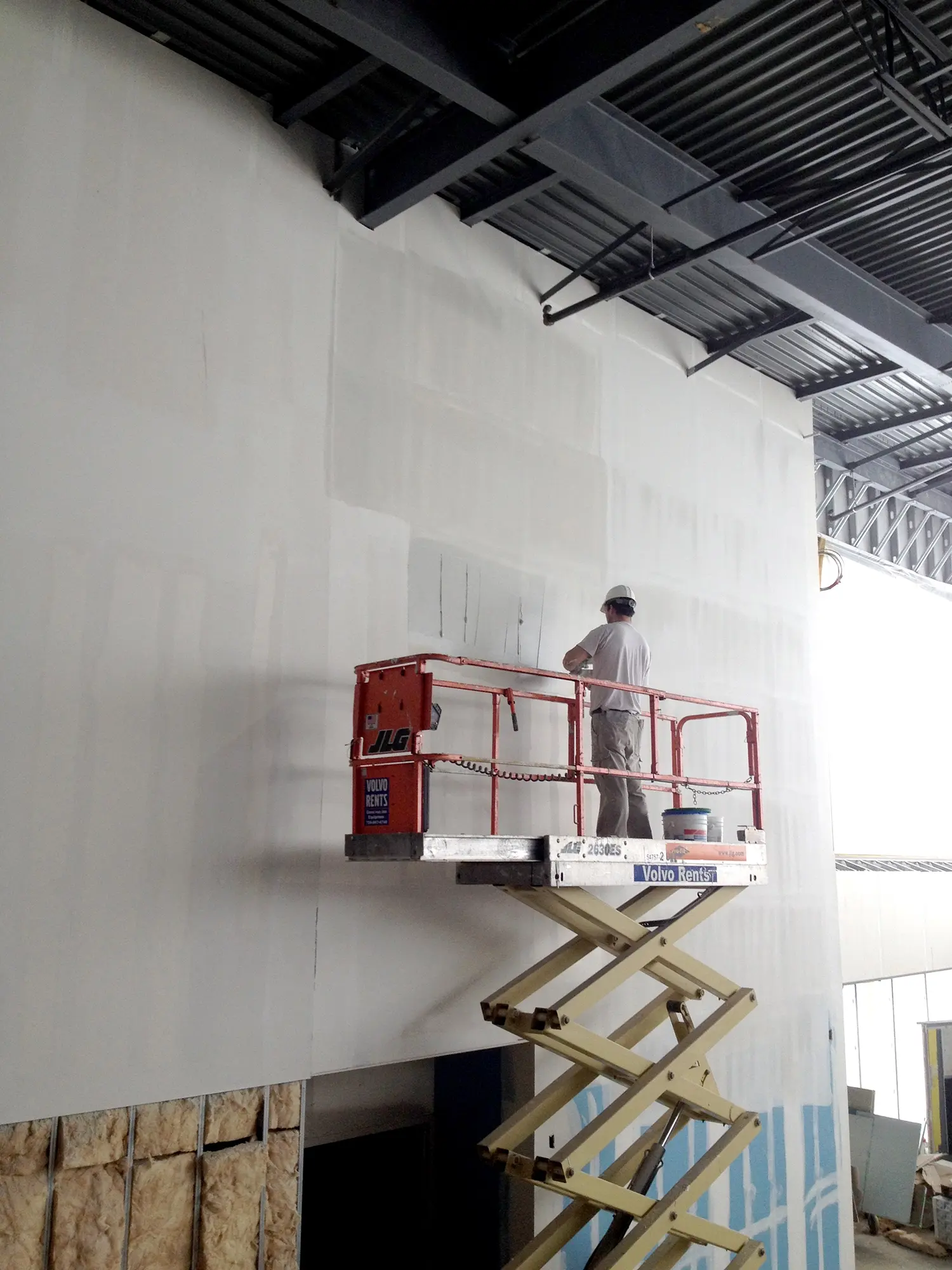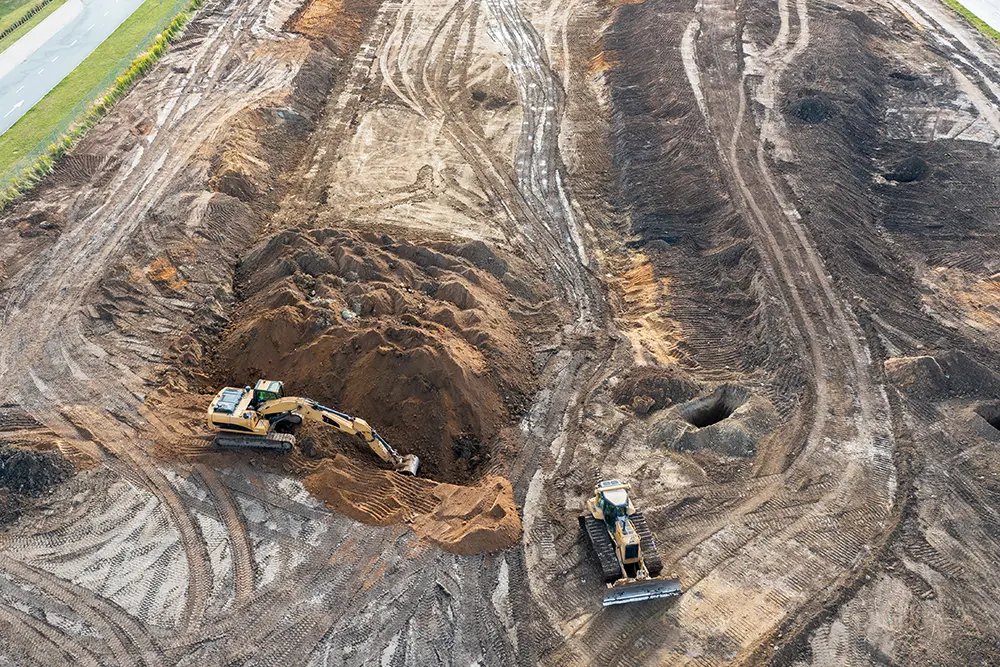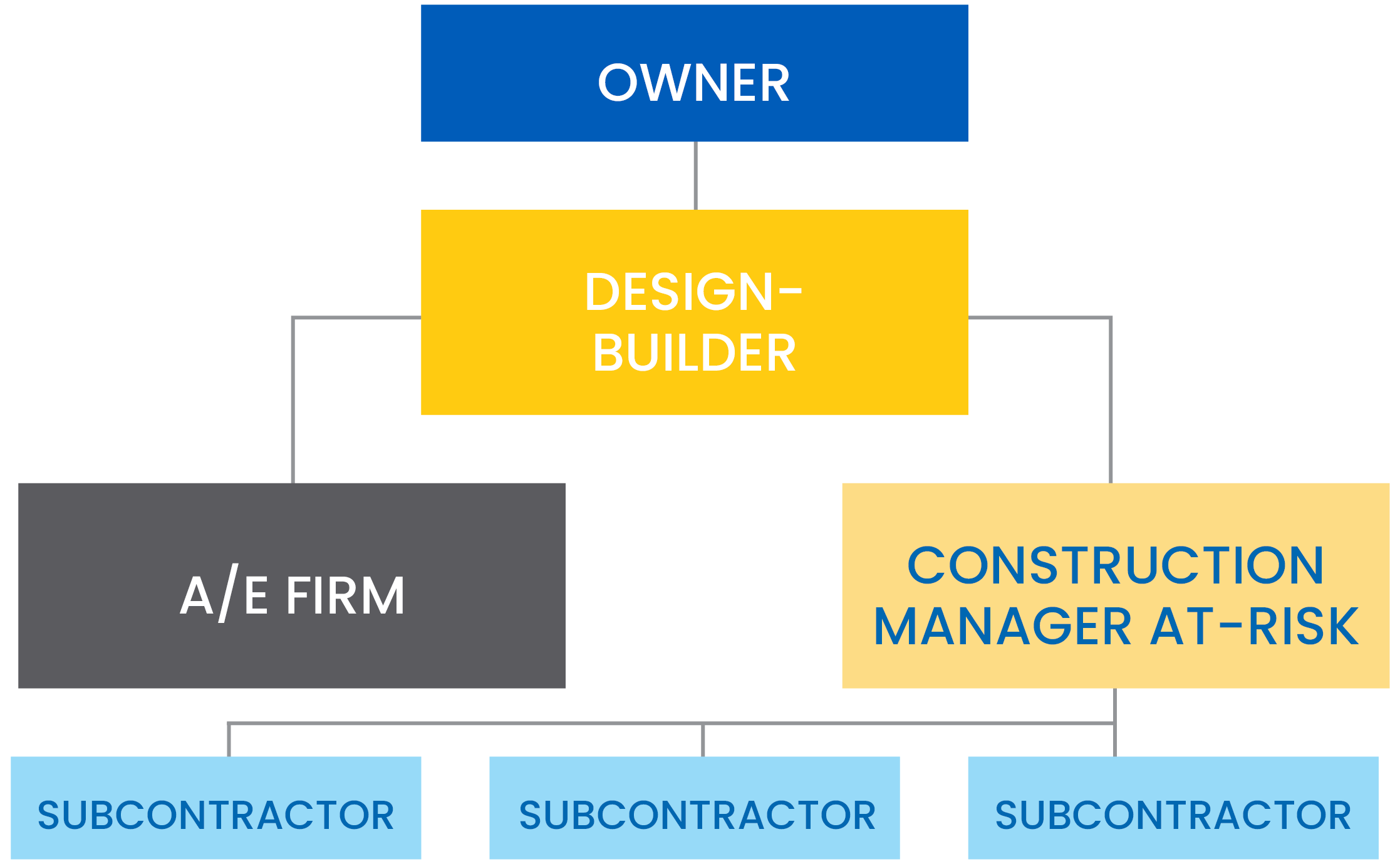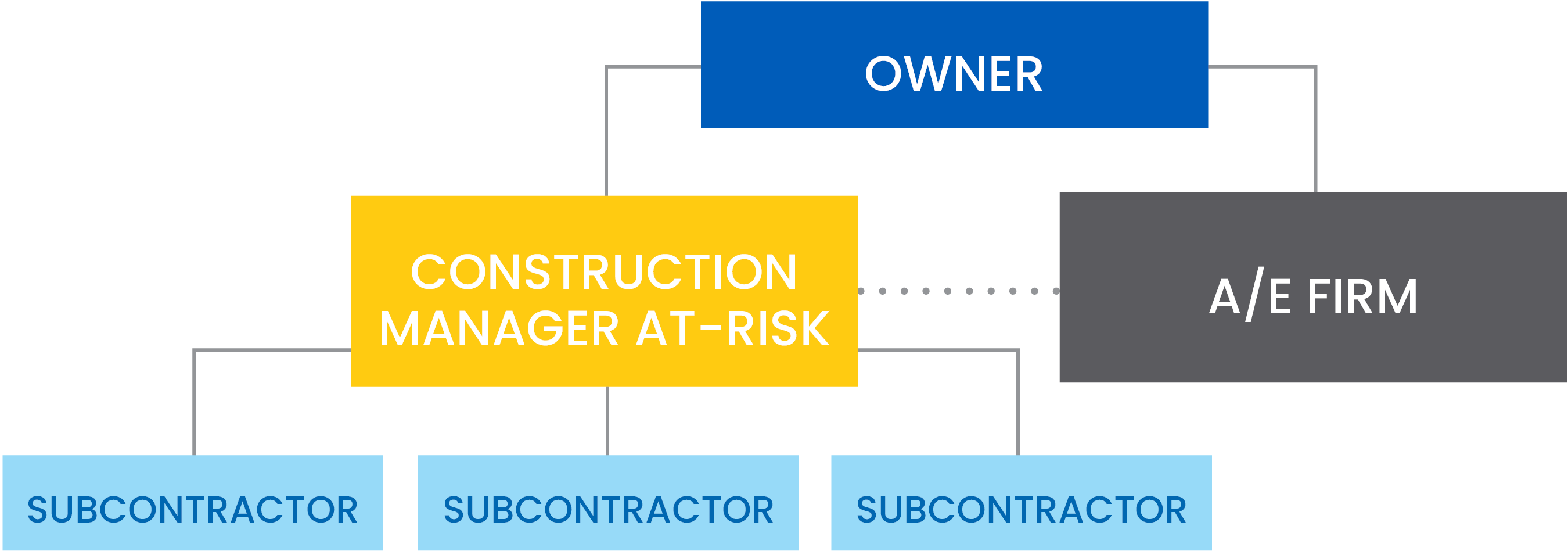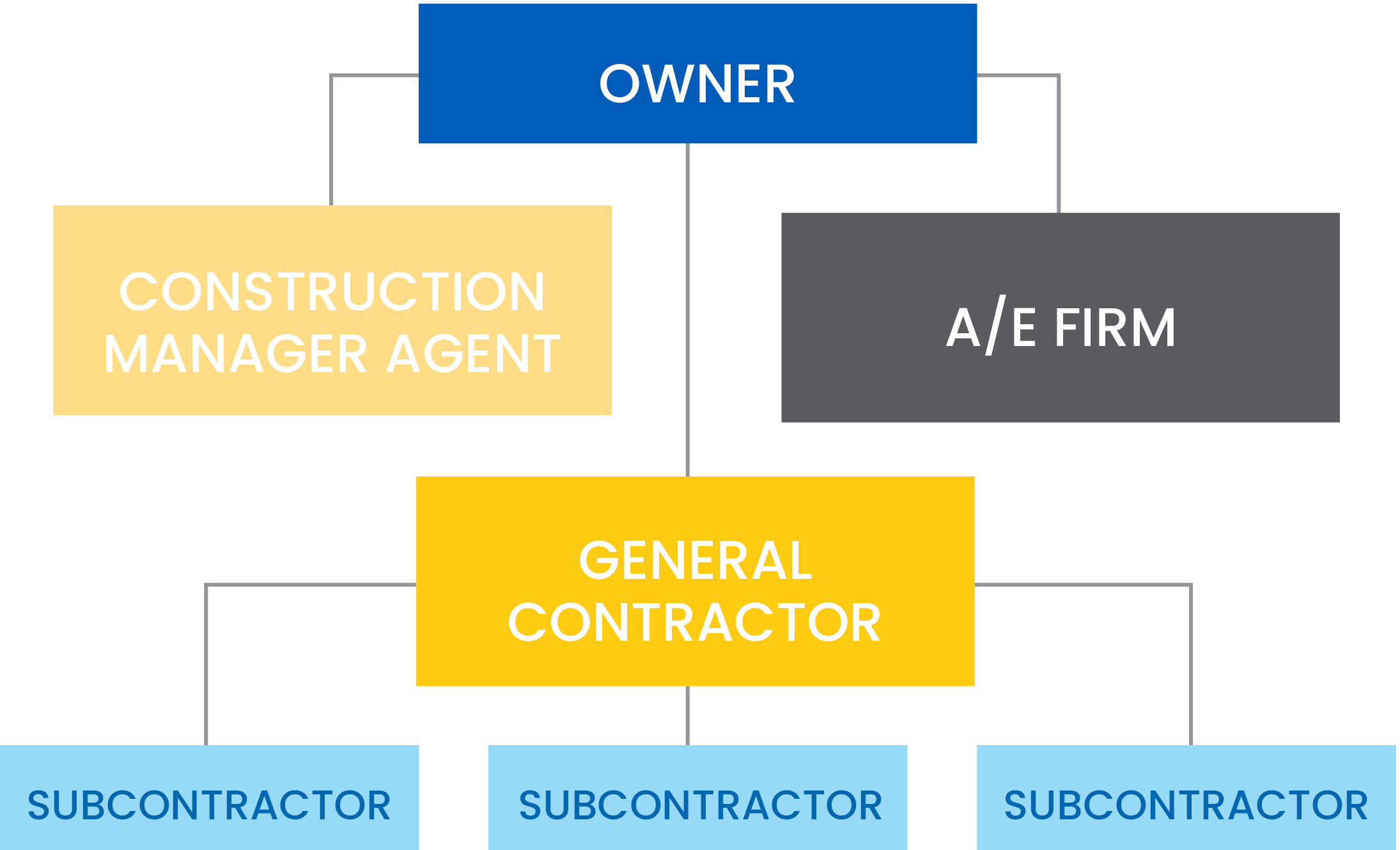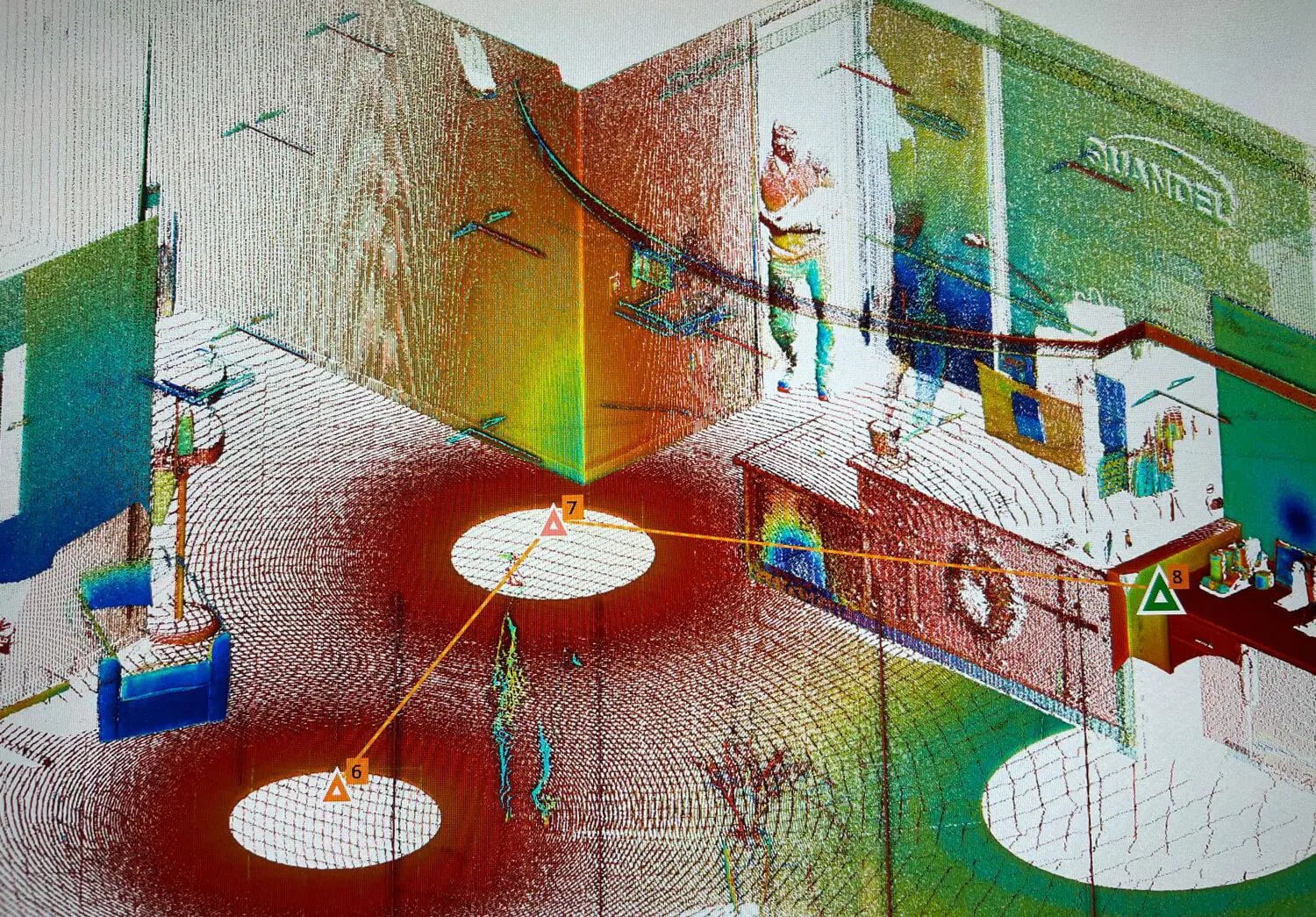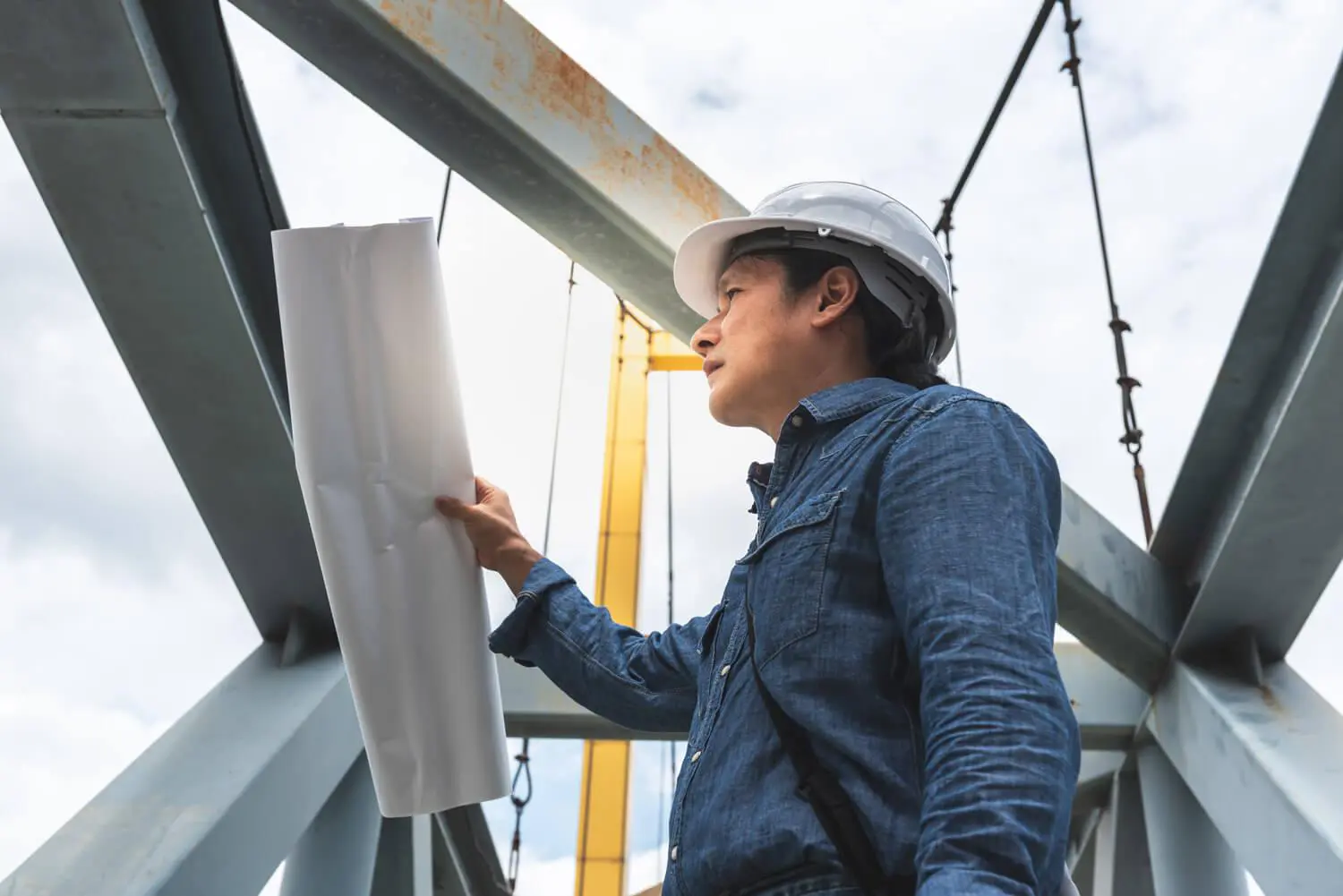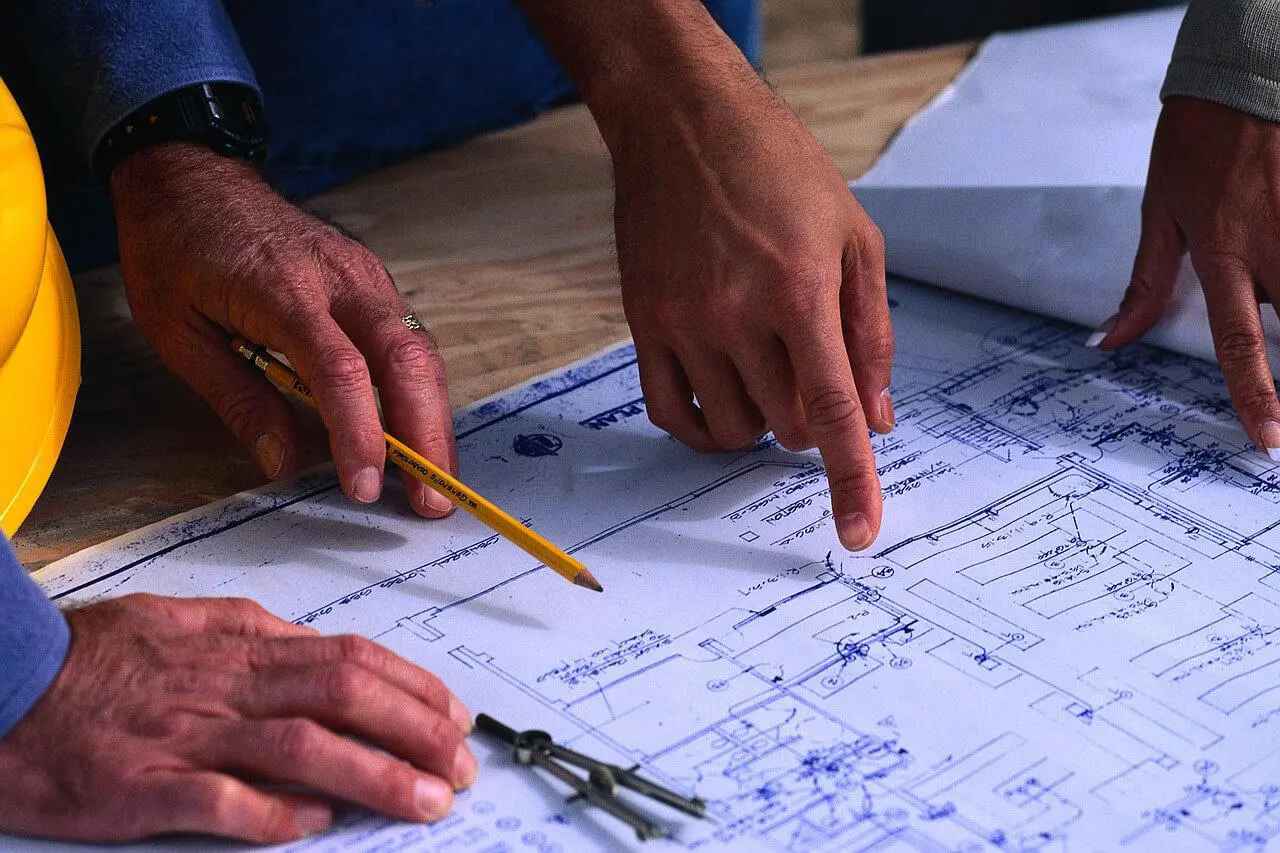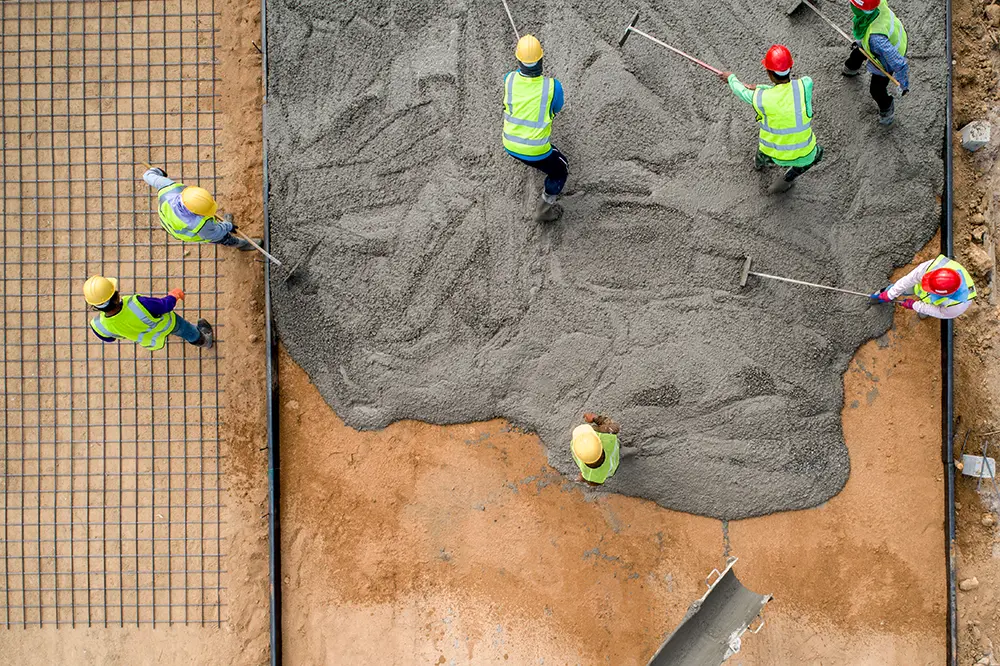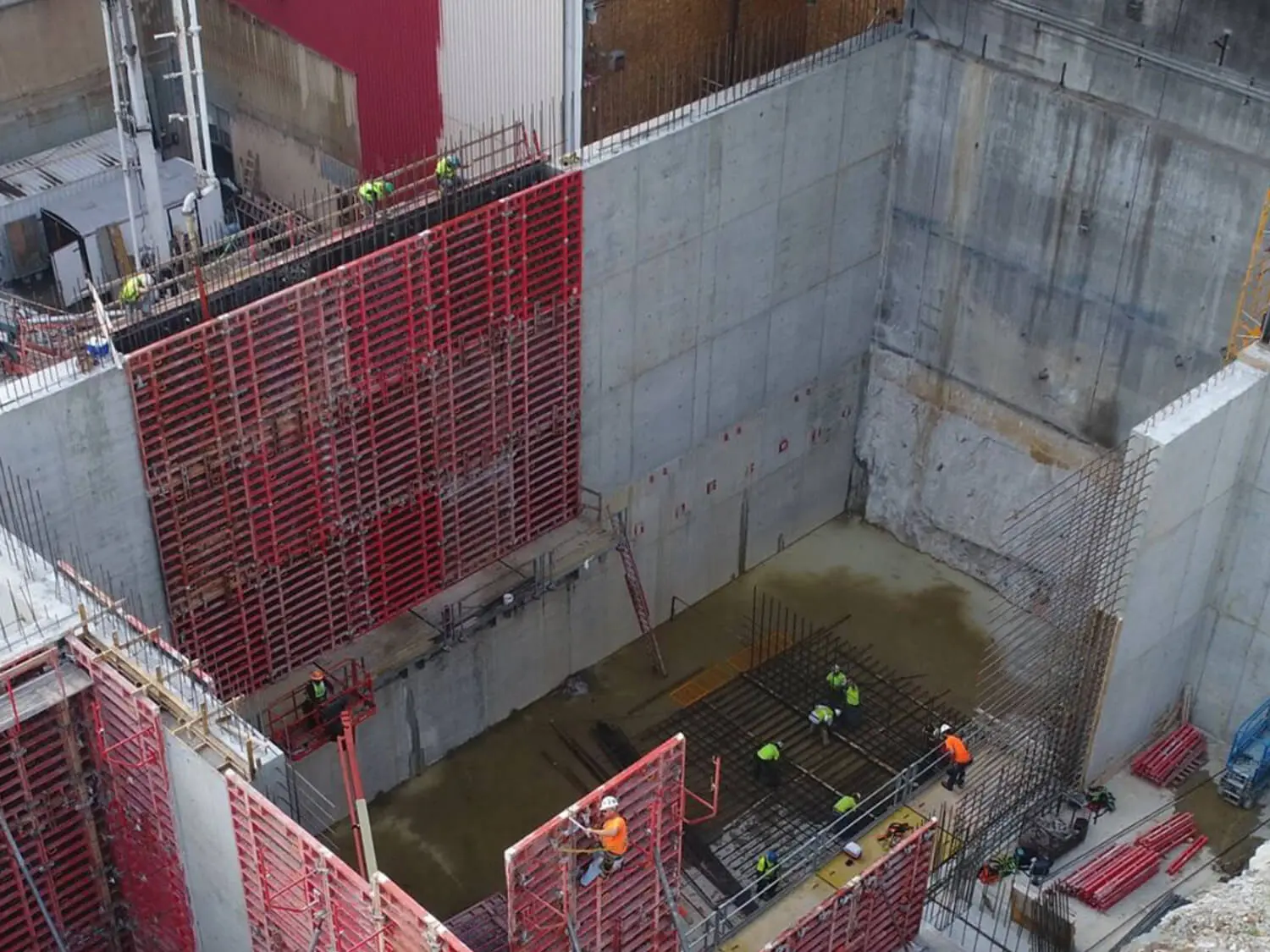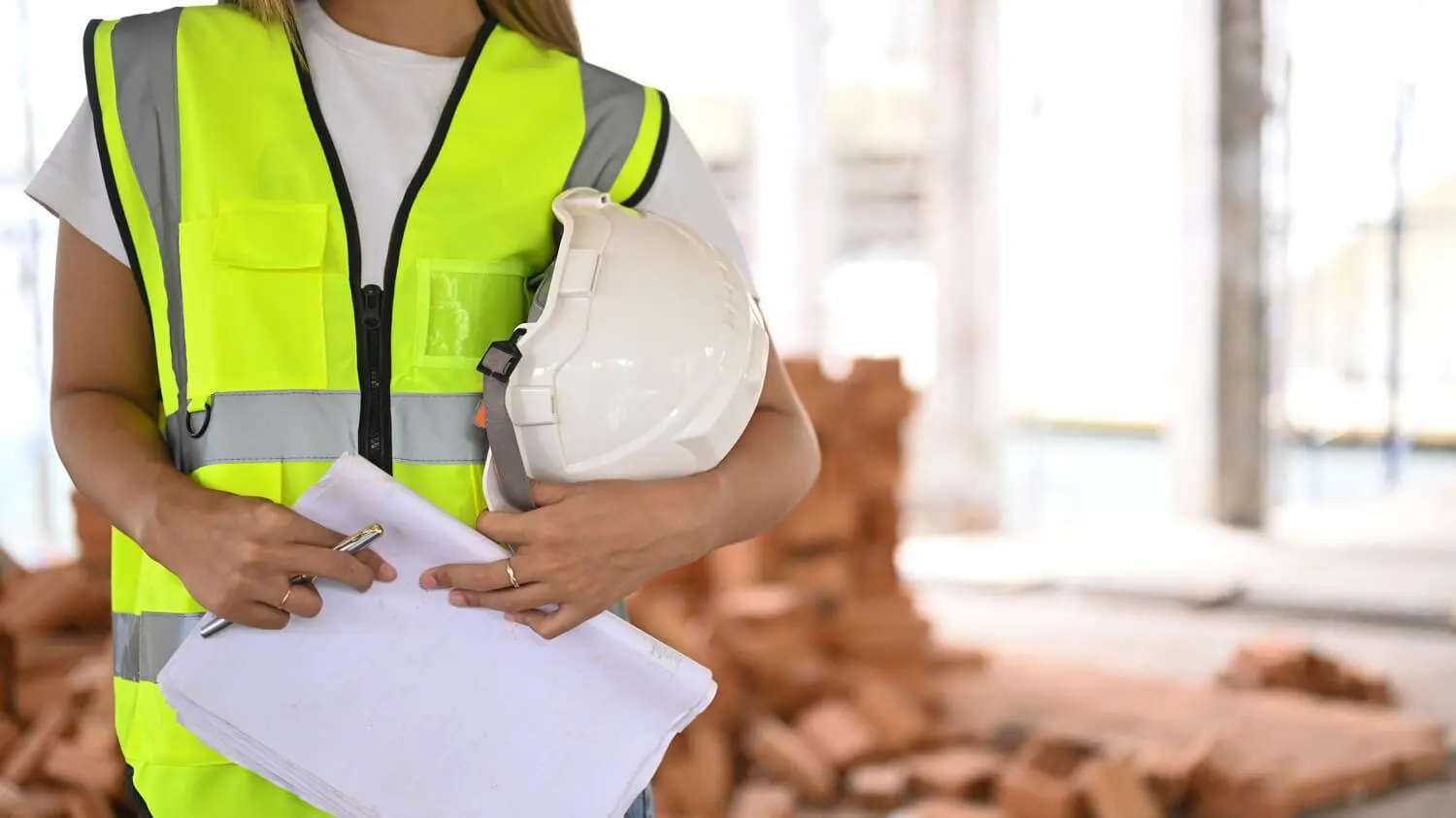Temporary lighting is central in buildings under construction to provide adequate illumination for work areas, exits, and entrances. Proper lighting not only enhances visibility but also minimizes the risk of accidents. In this safety talk, we will discuss the recommended lighting levels, OSHA requirements, installation guidelines, and potential hazards associated with temporary lighting.
Recommended Lighting Levels: To maintain sufficient illumination in general construction areas, a lighting level of at least 3 foot-candles is recommended. This is equivalent to a 50-watt light bulb and should be achieved by suspending the lights at an 8-foot height with a maximum spacing of 13 feet.
OSHA Requirements: It is essential to adhere to OSHA requirements outlined in 29 CFR 1926.56(a) for light levels in different areas of operation:
5 foot-candles: General construction area lighting
3 foot-candles: General construction areas, concrete placement, excavation and waste areas, access ways, active storage areas
5 foot-candles: Indoors (warehouses, corridors, hallways, and exits)
10 foot-candles: General construction plant and shops (e.g., mechanical and electrical equipment rooms, carpenter shops, active storerooms, and indoor toilets and workrooms)
30 foot-candles: First-aid stations, infirmaries, and offices
Installation Guidelines: To provide optimal lighting coverage and protection, follow these guidelines:
- Install bulbs to illuminate the largest possible area and consider using cages to prevent accidental damage.
- Keep branch lighting circuits for temporary lighting entirely separate from power circuits, except for a common supply.
- Use a breaker or fuse with a 15-amp rating to protect branch lighting circuits and have them hard-wired directly into a distribution panel by a qualified electrician.
- Avoid using bare wire, nails, or other metal straps for securing temporary lighting cords. Instead, use plastic straps or insulated wiring.
- Promptly replace missing or burned-out bulbs to maintain adequate visibility, especially in stairwells, basements, and other critical areas.
Task lighting may be necessary for precision work.
Hazards and Safety Precautions: Temporary lighting can pose hazards if not handled properly. For safety, follow these precautions:
- Avoid contact with wires used for temporary lighting, as frequent relocation can loosen connections, break insulation, and increase the risk of shock or electrocution.
- Do not use temporary lighting circuits as extension cords. If a fuse blows, avoid searching for the panel in the dark, as it can be dangerous.
- Prevent wires from contacting steel door frames, and if temporary lines must pass through doorways, they must be adequately protected from damage.
- Avoid bumping stringers with ladders, pipes, scaffold frames, or other objects that may cause electrical contact and shock.
- Prohibit wire splicing in stairways and refrain from tying up lighting to stairway handrails.
- Provide ground-fault circuit interrupter (GFCI) protection for temporary lighting in wet or conductive locations, or alternatively, use a 12V lighting system.
Checklist: To assess the safety of temporary lighting in your work area, consider the following checklist:
- Are work areas adequately lit?
- Are burned-out bulbs promptly replaced with new bulbs?
- Are bulbs replaced with new ones or merely taken from another location?
- Are stringers promptly relocated when bulbs are obstructed by the installation of new ceilings, ducts, piping, or other equipment?
- Are lamp holders of the hard-usage type?
- Are electrical feed lines for sockets supported every 5 feet?
Proper temporary lighting is essential for maintaining a safe work environment during construction activities. By adhering to the recommended lighting levels, following OSHA requirements, and implementing installation guidelines, we can significantly reduce the risk of accidents and ensure the well-being of everyone on the job site. Remember, temporary lighting should never be taken lightly. Stay vigilant, report any issues or hazards promptly, and prioritize the maintenance and safety of temporary lighting systems. Together, we can create a safer work environment for everyone. Lastly, it is worth noting that advancements in technology have introduced new types of temporary lights that offer advantages such as no cages and the ability to link multiple strings together. These LED-based lighting solutions provide improved efficiency and convenience, making them a great choice for our jobsites.
—. www.worksafenb.ca/general-resources/publications/safety-talks/temporary-lighting.









